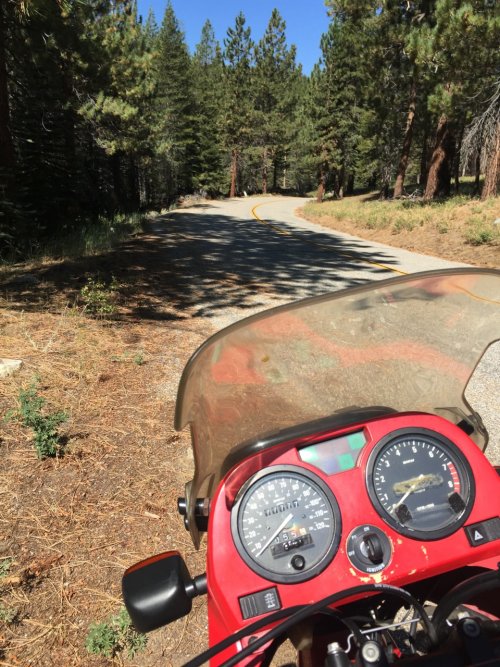concernedparent
New member
hey guys--
just picked up a 1976 R90/6 with 27k on the ODO. so far i'm loving it, but this is my first BMW, and i can definitely feel some differences in riding versus my other japanese motorcycles i've owned in the past.
what is the ideal RPM's to be riding at on these? i've found i'm in the 3K - 4K range a lot, but should i be looking to push further than this? i've really only done residential riding so far, haven't really gotten her up and going over 60 yet.
also, engine braking feels like it's less of an option on a shaft driven opposed twin versus a chain driven machine. definitely can feel the torque on the down shift and i'm a little worried about trying it at higher speeds. is it there a trick to downshifting, with increasing RPM perhaps? any insight would be greatly appreciated. thx! here she is!

just picked up a 1976 R90/6 with 27k on the ODO. so far i'm loving it, but this is my first BMW, and i can definitely feel some differences in riding versus my other japanese motorcycles i've owned in the past.
what is the ideal RPM's to be riding at on these? i've found i'm in the 3K - 4K range a lot, but should i be looking to push further than this? i've really only done residential riding so far, haven't really gotten her up and going over 60 yet.
also, engine braking feels like it's less of an option on a shaft driven opposed twin versus a chain driven machine. definitely can feel the torque on the down shift and i'm a little worried about trying it at higher speeds. is it there a trick to downshifting, with increasing RPM perhaps? any insight would be greatly appreciated. thx! here she is!



